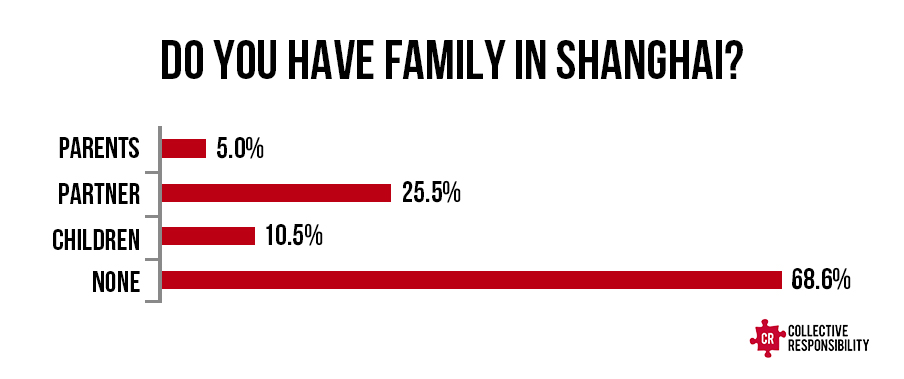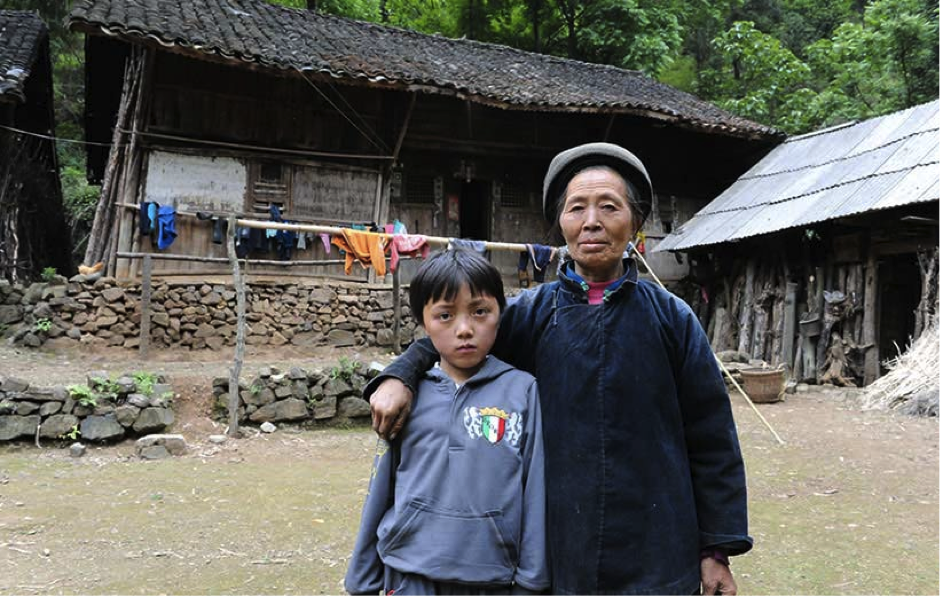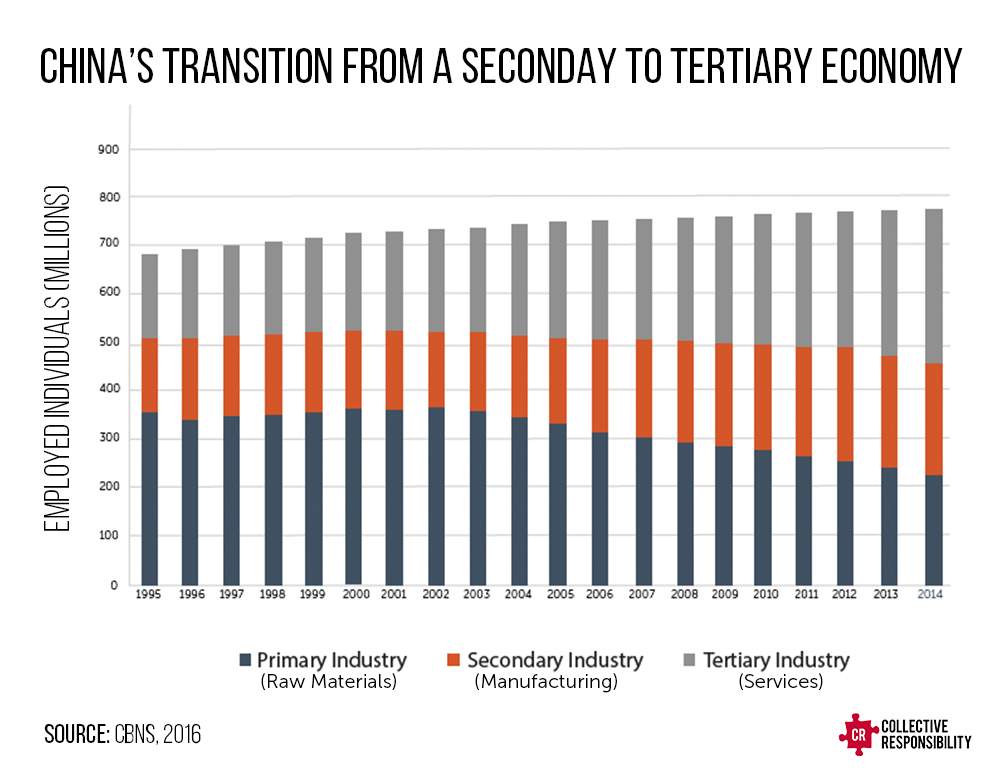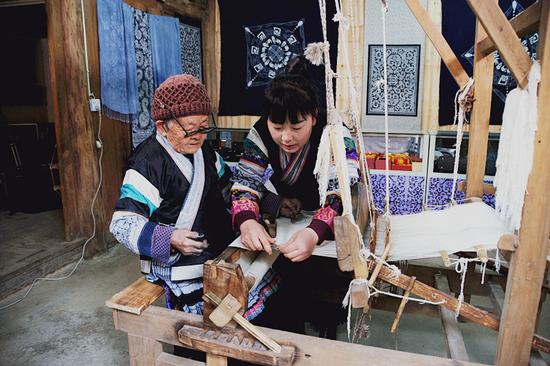This latest installment in our “Hope and Opportunity” article series discusses migrant worker trends with regards to children in rural China.
When thousands of political and business leaders and experts gathered to discuss major economic, political, and social issues at China’s recent Two Sessions, one of the most eye-catching and debatable topics raised was the current situation and futures of millions of China’s left-behind children.
A challenge whose roots we addressed in a previous article, the recent trend for China’s migrants to leave the East Coast for jobs in one of China’s second- and third-tier cities has fortunately caused the population of China’s left-behind children to drastically drop from 61 million to 9.2 million since 2012.
However, with this improvement comes a new set of challenges. Specifically, with fewer children left behind at home, quality of support from parents, schools, and communities needs to be addressed, and for young parents, juggling livelihoods and parent-child relationships could be challenging.
Education and wellbeing are parents’ main concerns.
According to our street survey of Shanghai’s blue-collar migrants earlier this year, over 68% of our respondents do not have family in Shanghai, with only 11% having brought their children with them.

Education and wellbeing seem to be the two main concerns for migrant parents who work thousands of miles away from home, leaving their kids to live either with grandparents or by themselves. For young parents, their children’s education is very much at the center of their needs, hopes, and long-term plans.
This survey was conducted just before the Chinese New Year when many said they would not return to Shanghai after the holidays due to family affairs. Besides the high cost of living and unaffordable housing prices, the Chinese household registration system (known as hukou) is often seen as the main obstacle for bringing left-behind children to cities.
“I will return to my hometown to take care of my kid. She is who I decided to come to Shanghai to make money for, and then I decided to come back for her schooling.”
– A lady from Anhui
Children’s well-being, including their personality, physical education, mental health, and long-term development, is the other major concern for parents. Parents often feel anxious about not being able to take care of their children in person.
“I left my eight-year-old and four-year-old with my parents while my husband and I are here. Every time when I know they are ill, I feel deeply guilty and worried. I want to be part of their lives, but what can I do now?”
– A young mother from Chongqing working in construction
One study showed that almost 50% of these “left-behind” children suffer depression and anxiety, compared with 30% of their urban peers.

In June 2015, four left-behind children from the same family in Bijie, an impoverished Guizhou province, ranging from ages five to 13, committed suicide together by swallowing pesticide. While the local government officials were sacked for this tragic accident, the bigger question remains as to how can we prevent these tragedies from reoccurring.
Legislative Protection & Private Sector Opportunity
Facing greater pressure to support left-behind children, in February 2016, the State Council enacted a new regulation to specify the shared responsibilities among families, schools, and the government in providing care to rural left-behind children. During the “Two Sessions” this year, several representatives also suggested strengthening legislative protection to avoid future recurrences of the Bijie Tragedy.
Supporting left-behind children is not just the government’s job alone. It is an opportunity for the private sector to join forces with authorities to provide collective solutions for this social issue.
As China is undergoing a transition from a manufacturing-based to a service-based economy, the resulting technology boom not only provides convenience but is also creating new types of professions in this area. For example, being a waimai/kuaidi xiaoge (meal/parcel delivery man) was not a full-time job 10 years ago. Today, these thriving online-to-offline businesses employ over two million people, the majority being migrant workers.

Providing solutions for migrant parents is not just the responsibility of established, large manufacturing companies. Actors in the booming tech sector can also play a role in improved support, such as allowing flexible leave for employees with children or providing parenting-related education.
Additionally, with the growth of second- and third-tier cities, more jobs are being created closer to home in workers’ hometowns or home provinces, thereby reducing the need for long-distance migration to distant manufacturing hubs. Many provincial governments have started to see the value of generating local jobs for bringing migrant workers back home. This movement of opportunity will require established businesses to provide training and capacity-building programs to attract top-tier talent (among other adjustments we recommend in our Labor in China Report).
Connecting knowledge and experiences in the cities back to the towns could have huge potential. For example, 36-year-old Cai Qun was part of Guizhou’s “Embroidery Initiative,” which aims to train and provide jobs for women using traditional embroidery methods to work locally. She moved back home after working in Guangzhou for many years to look after her children. Now her embroidery workshop provides training and jobs for over 300 women.

For concerned stakeholder, particularly who are looking at China’s interior for project sites, understanding this trend and seeing it as an opportunity is now becoming the discussion. Creating summer camps for the children of factory workers, providing compensation and benefits packages that are more aligned to families, and developing programs to retain and stabilize labor, are now providing firms with tangible advantages in the market for labor. A trend that for many industries will over time become the baseline, and will require understandings of and alignment to the factory floor.
To learn more about the challenges that migrants face, and opportunities to align with these challenges, we recommend checking out our Hope and Opportunity Report. A report that focuses on these migrants’ wants, needs, and challenges faced.
To learn how your company can support migrant workers and their children – accommodating working parents’ needs while creating long-term business value – please feel free to contact us.
For more information on this subject, check out our recent articles on China’s labor and migration trends, along with our Labor and Hope and Opportunity Reports. Follow Collective on social media to receive updates on upcoming articles, reports, videos, and events.
This article was written by Yue Cao, Research Analyst at Collective Responsibility.
